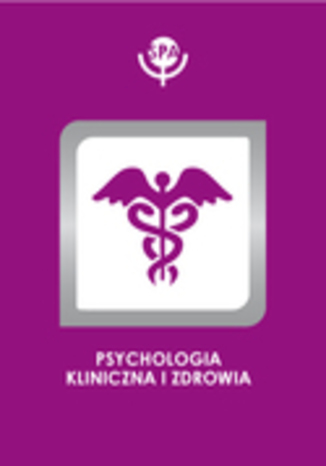Uwarunkowania gotowości organizmu do reagowania zaburzeniami jedzenia w sytuacjach trudnych

Beata Ziółkowska
DOI:
Rocznik: 1998 Tom: 4 Numer: 2
Strony: 136-145
Anorexia Neruosa is becoming a more and more frequent eating disorder among teenagers. The most important determinants of Anorexia Neruosa are: inadequate perception of one's body and style of family socialization in childhood and adolescence years. A pilot study was conducted among women 16-24 years old (n=50). The readiness to eating disorders (questionnaire I – version A and B), the perception of one's body (questionnaire II – version A and B) and family connected determinants (clinical interview) were studied. Different data analysis methods (correlation matrix, Wrocław taxonomy, Levene's test of significance for two independent variances) were applied. The hypotheses were confirmed. Additionally, it was possible to choose more reliable versions of both questionnaires for further investigations.









 Pobierz pełny tekst
Pobierz pełny tekst



